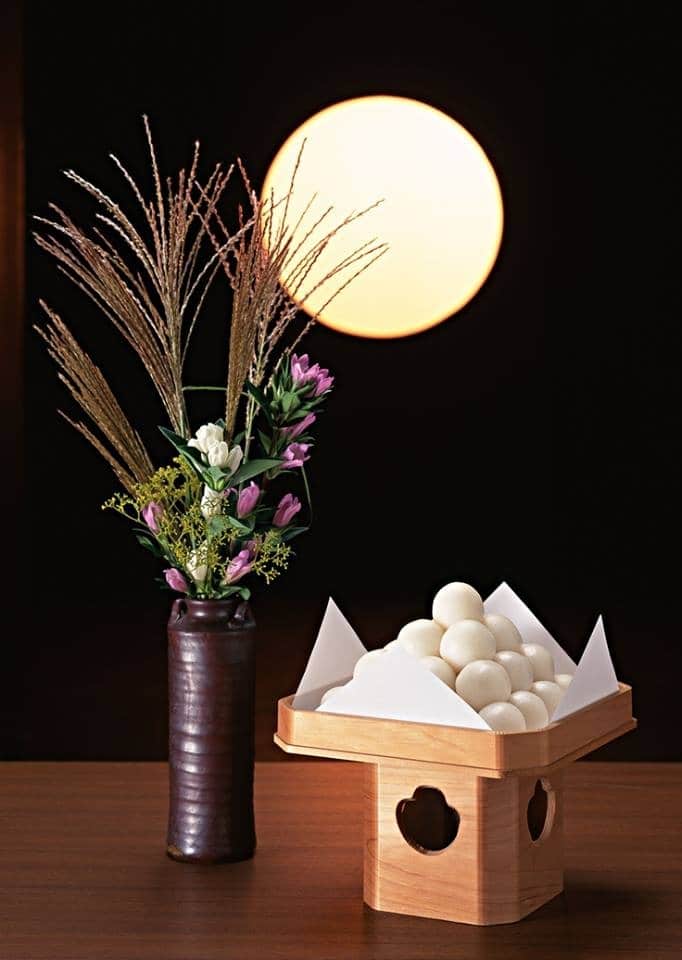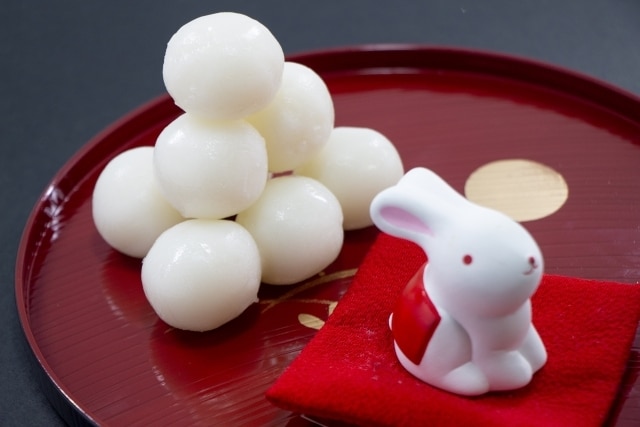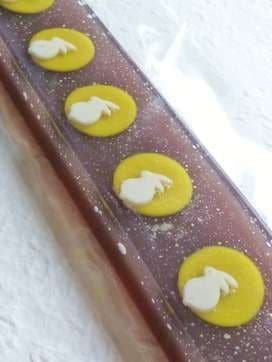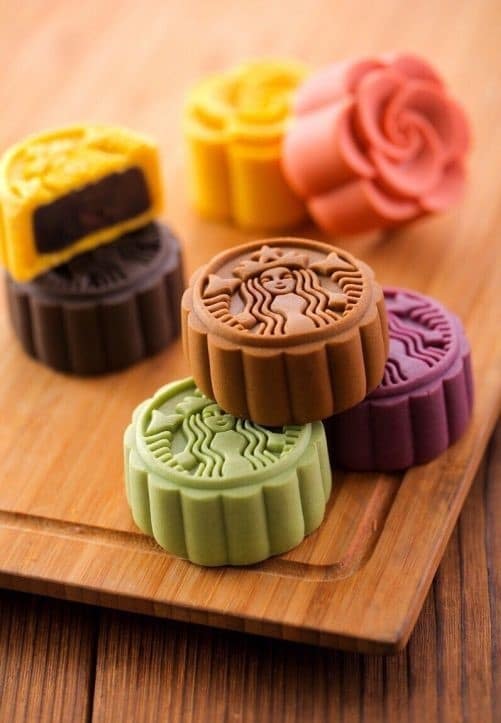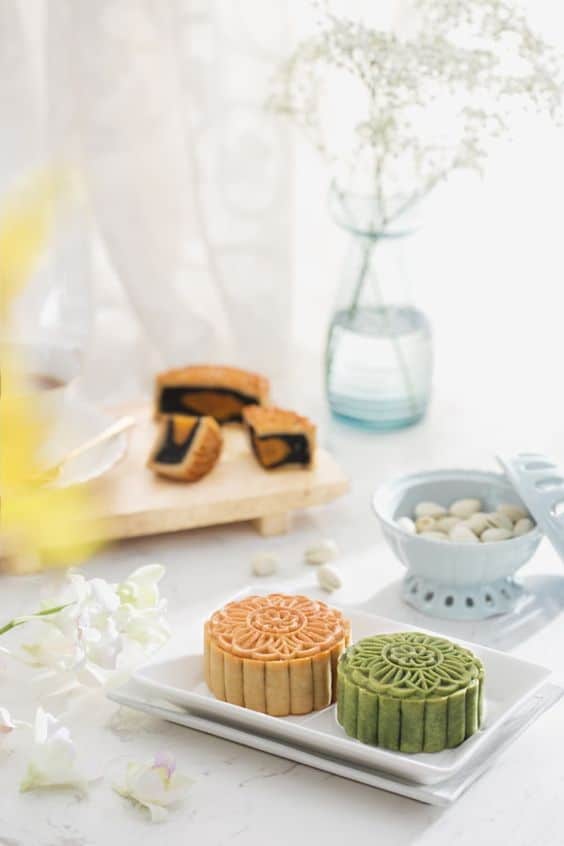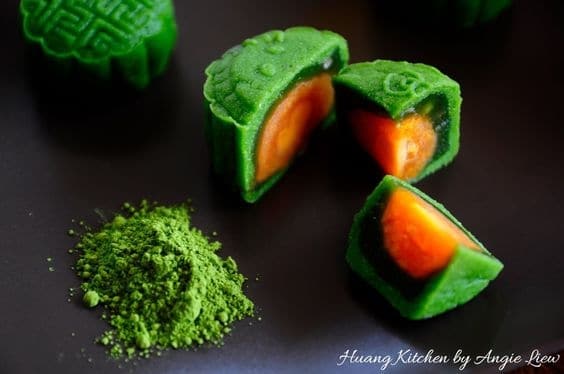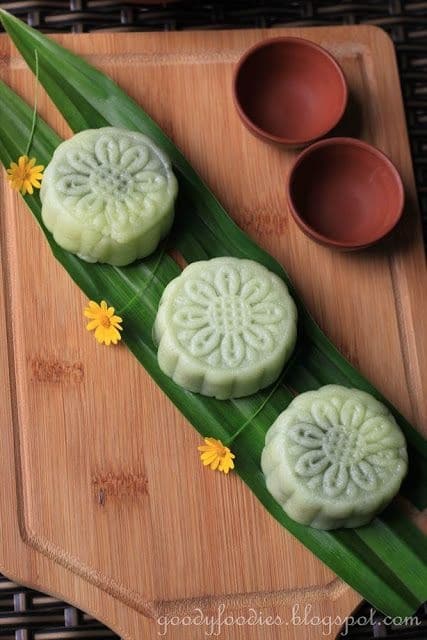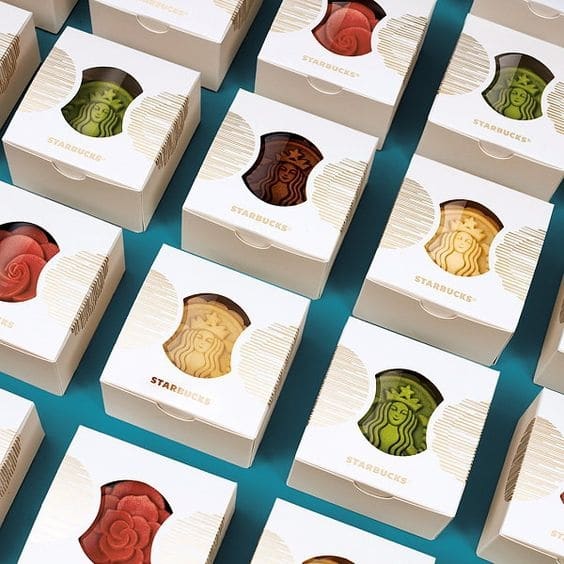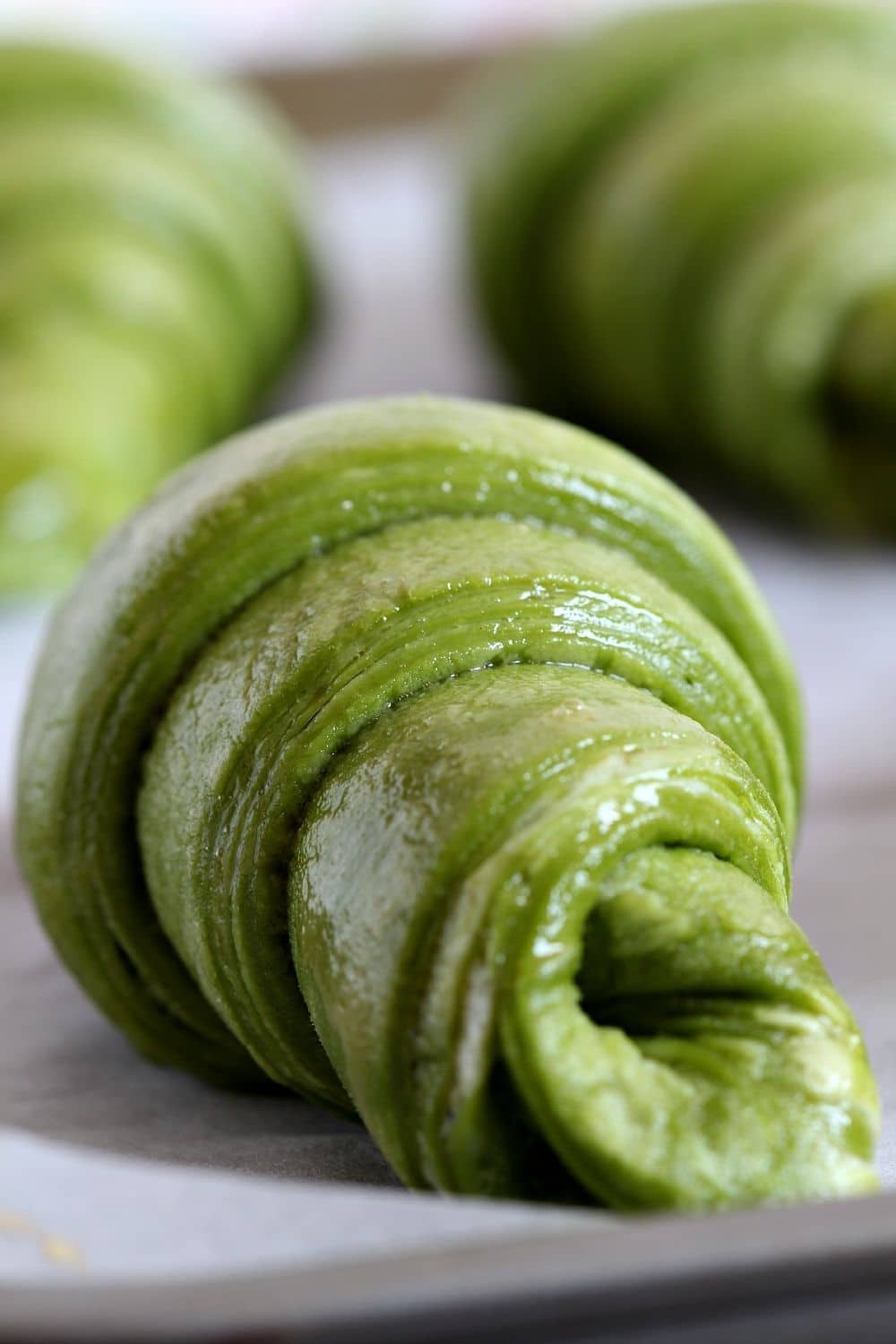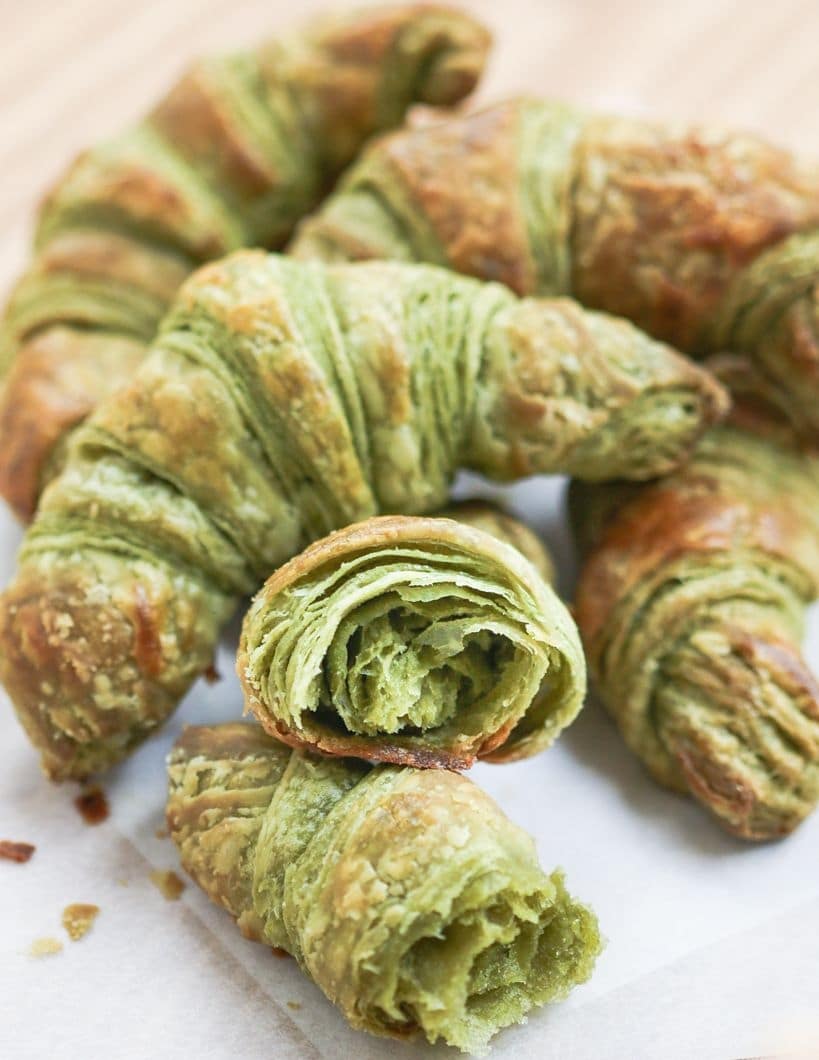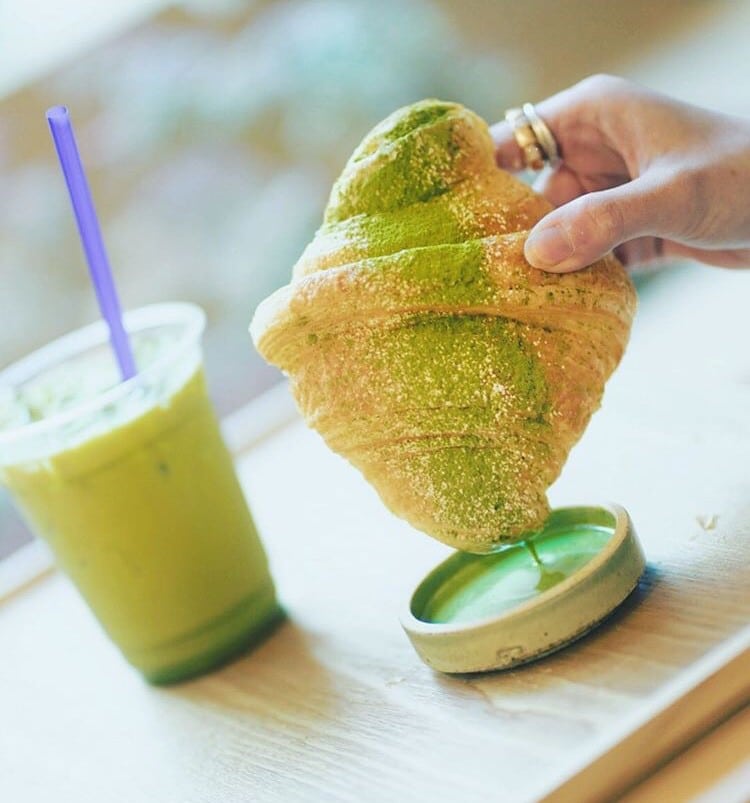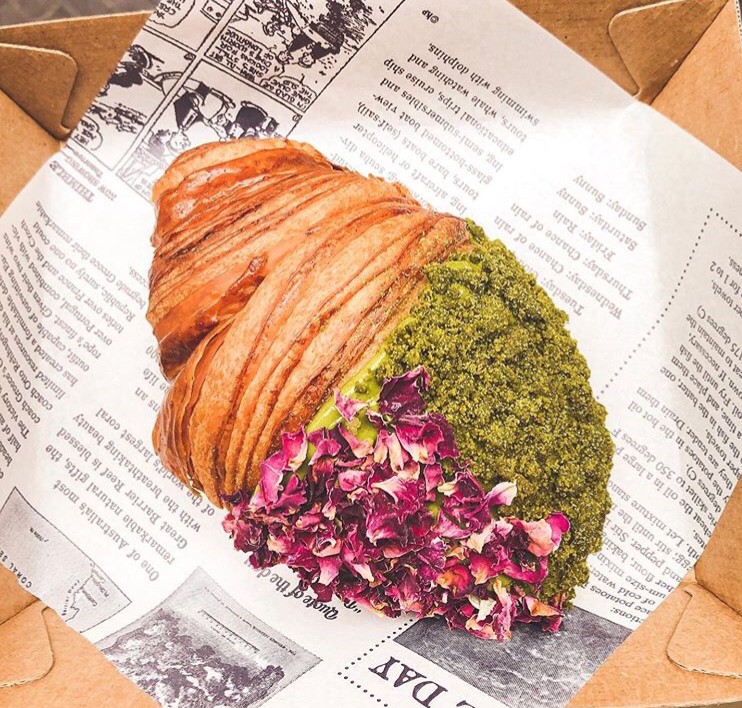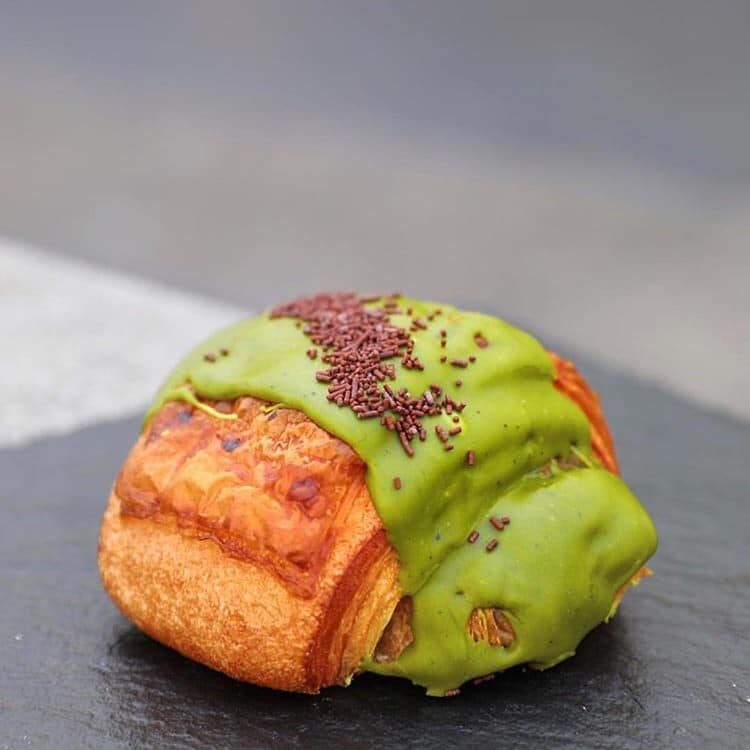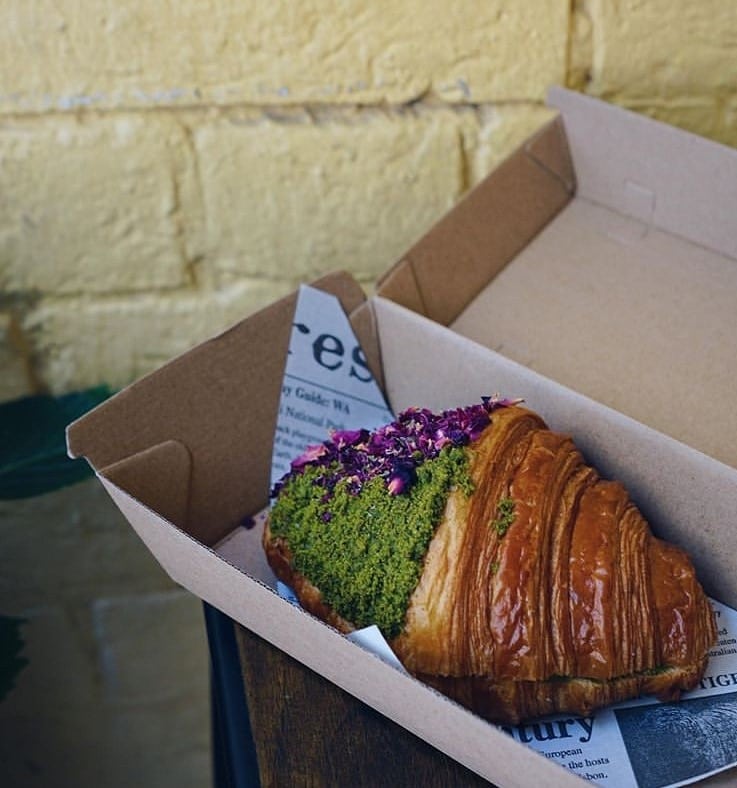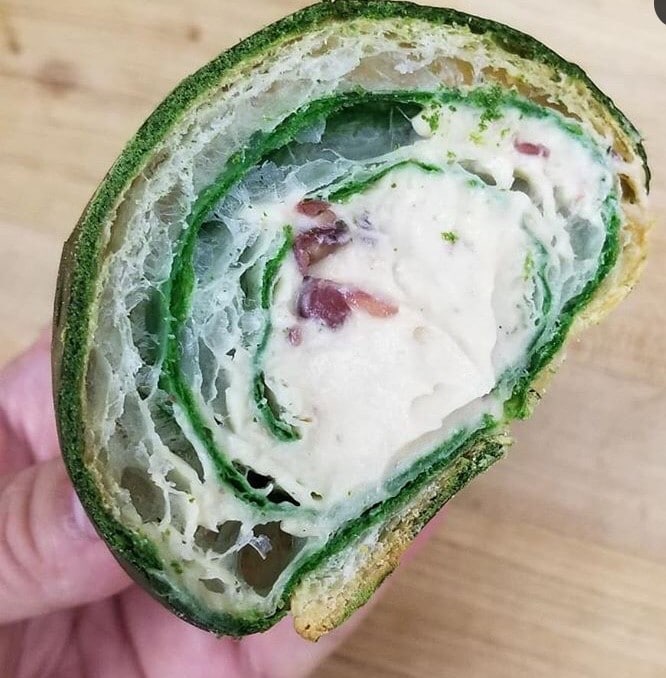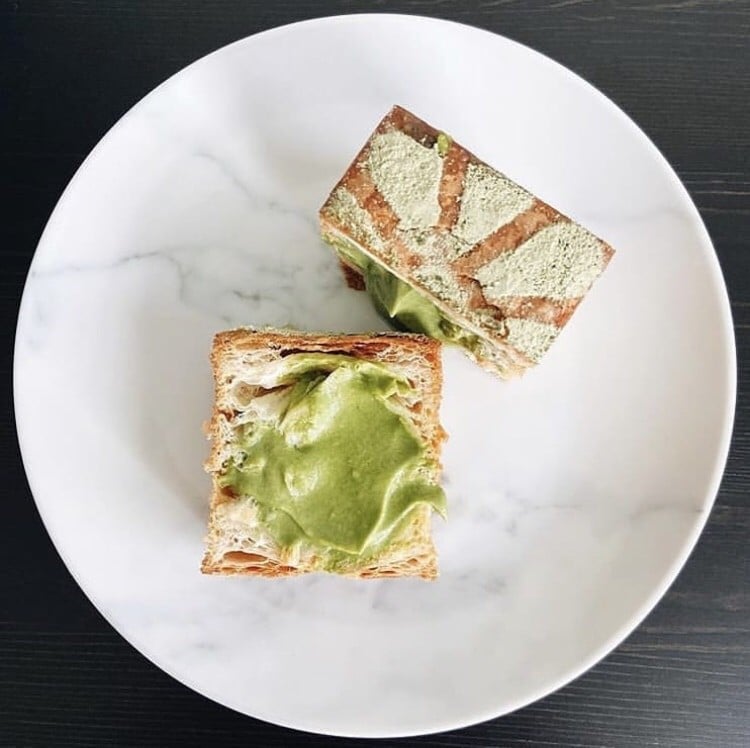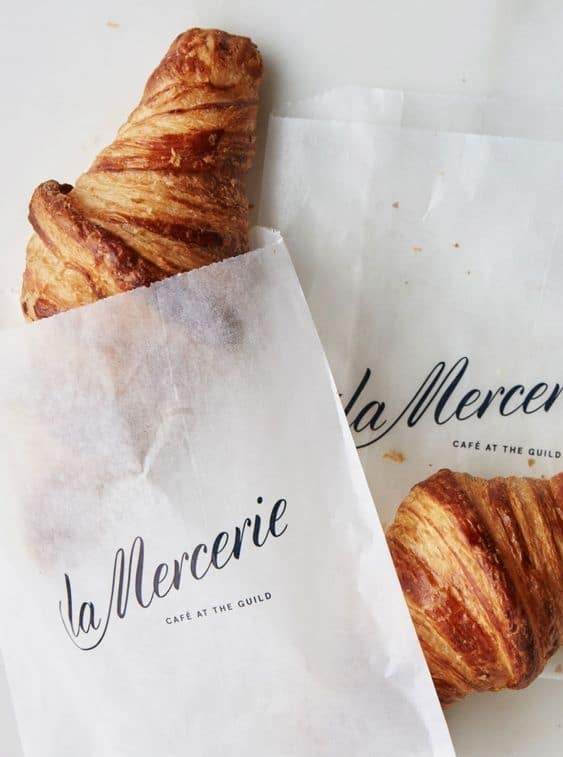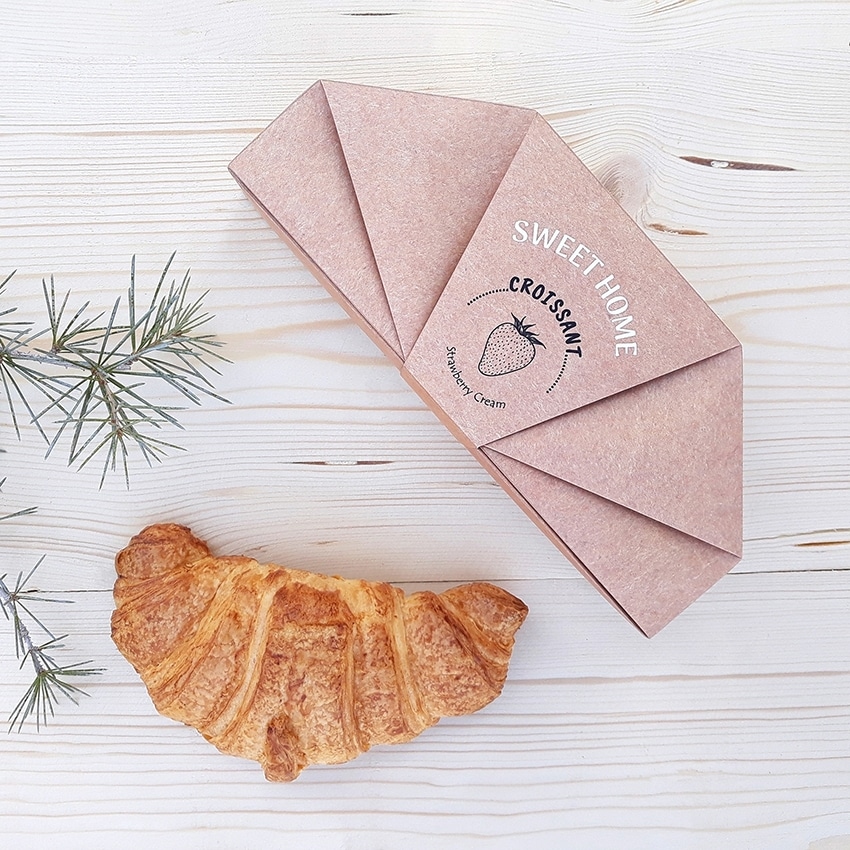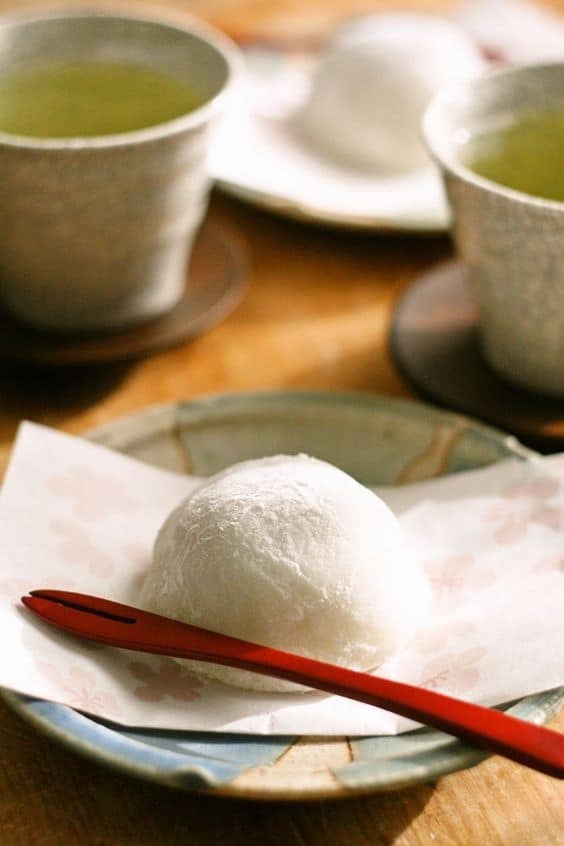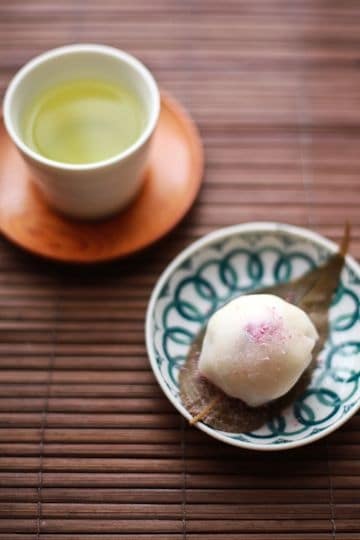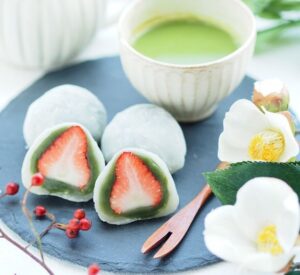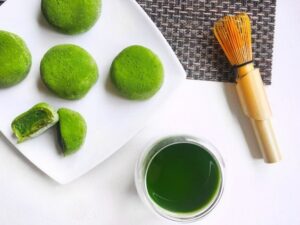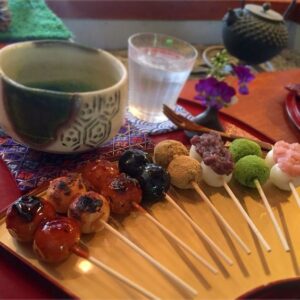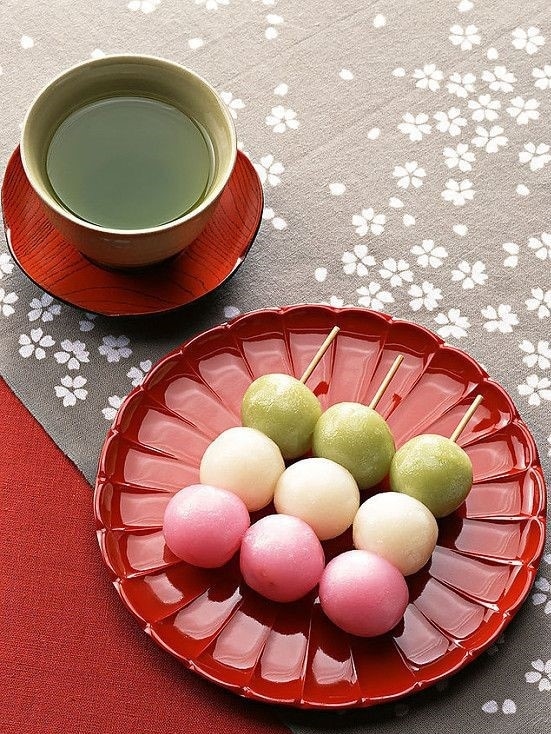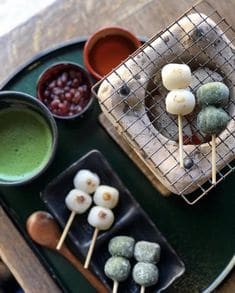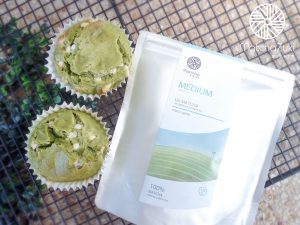Baking can be a difficult task for many people, with a lot of additional equipment to invest in, the oven taking up space in the shop, and baking is also difficult to control the quality for beginners. Let’s take a look at some great ideas for “no-bake” desserts. They’re easy to make and take only a few minutes. Plus, add decoration techniques to make easy no-bake desserts more beautiful and delicious, and look more valuable.
Let’s start with a very easy menu like green tea crepe cake, which uses only a pan to make crepe sheets. You can create a delicious menu.
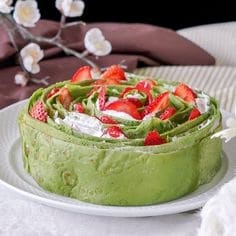
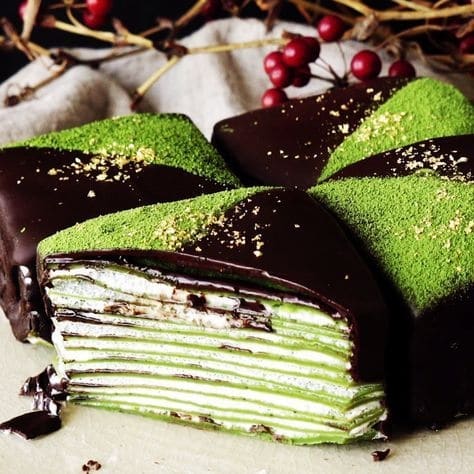
Start by taking 3 eggs + 1 ½ cups milk + 1 3/4 tablespoons sugar + 1 cup flour + 1 tablespoon matcha powder + 1 teaspoon baking powder and 2 tablespoons melted butter. Mix well. After mixing, pour all the ingredients through a sieve and refrigerate for 2 hours. Take it out and fry on a pan, thinly until cooked through, then set aside to cool. Next, to make delicious fresh cream, just take 3/4 cup whipping cream + 2 tablespoons sugar + 1 tablespoon rum and beat with a hand whisk until stiff peaks form. Refrigerate and set aside.
Place the dough on top, alternating with spreading some fresh cream on top, layer by layer until it is as high as you want, wrap tightly with plastic wrap and freeze for 4 hours. Decorate it as you like, for example, pour chocolate on the crepe and let it dry.
Sprinkle with matcha powder and gold leaf, or get creative by placing the crepe dough instead of stacking it in a circle. You will get a unique, unbaked dessert that is unlike any other shop.
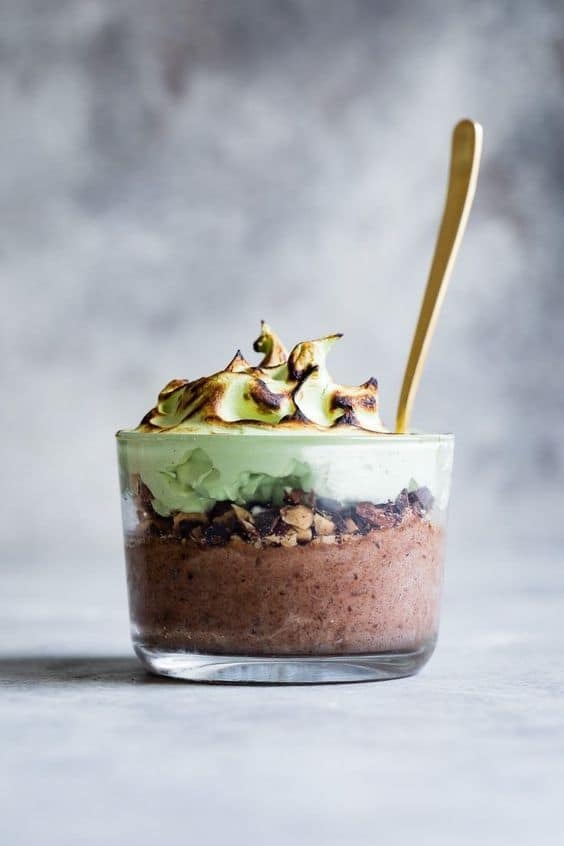
In addition to crepe cake, making matcha mousse is another popular dessert for kitchens without an oven. Add variety by decorating it to make the dessert look beautiful and delicious. You can see how to make matcha mousse at https://matchazuki.com/matcha-mousse-pie/
Another menu that is a low-sugar recipe and is popular among health-conscious people is making matcha bars.
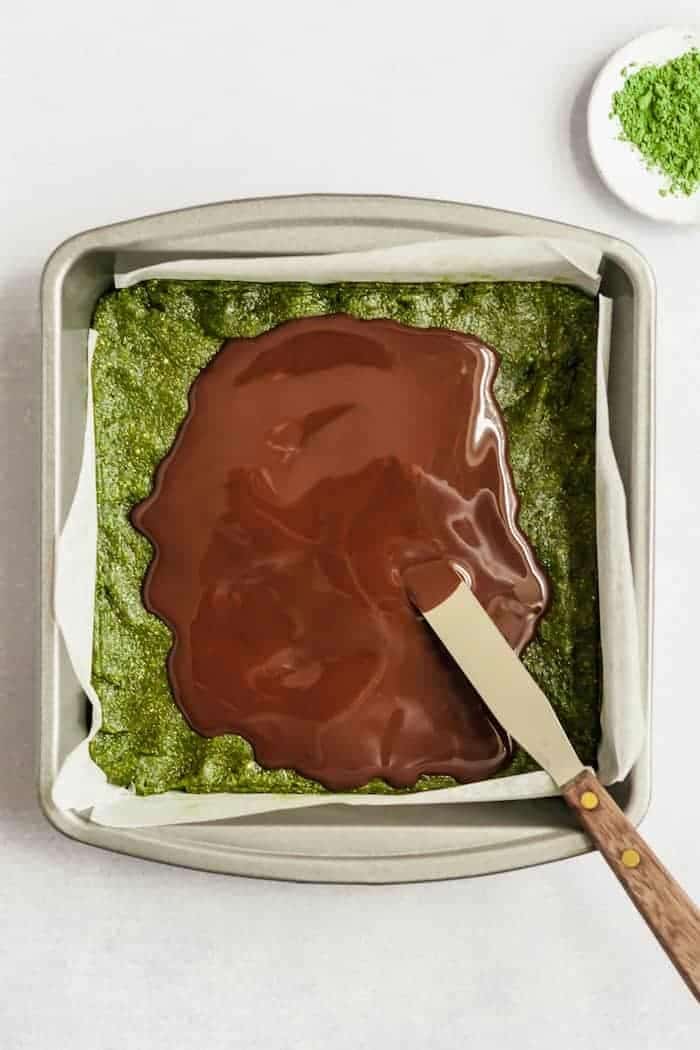
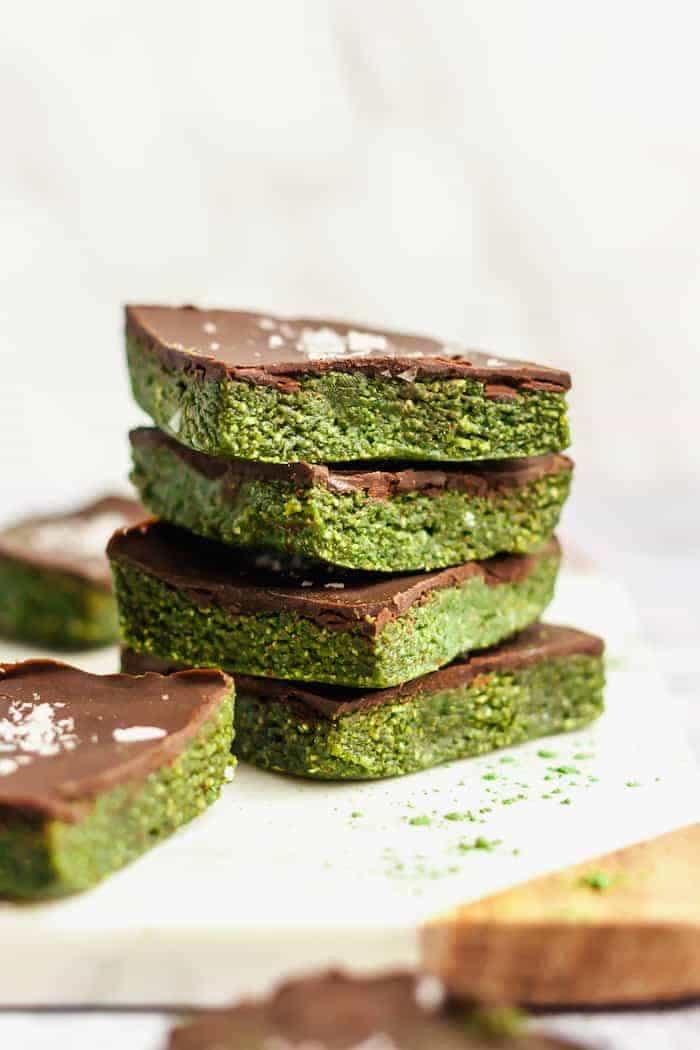
Oat flour, matcha powder, and salt are the key ingredients used in this no-bake dessert. Place all ingredients in a large mixing bowl and stir to combine. Add maple syrup, butter, almond milk, and vanilla; stir until dough forms. Press dough into prepared baking dish with wet hands to form even layer. To coat in chocolate, place chocolate chips, coconut oil, and butter in bowl. Microwave for 20 seconds, or until melted. Pour chocolate over the bars and spread with a spatula to evenly distribute. Freeze for at least 2 hours before slicing into desired size bars. Some shops also add in grains for added nutrients.

Matcha Panna Cotta is another type of dessert that does not require an oven. It is easy to make and can be molded in many different shapes according to your preference. It can be decorated in many ways, such as pouring strawberry sauce or sprinkling pistachios. It is a no-bake dessert that is perfect for our hot weather.

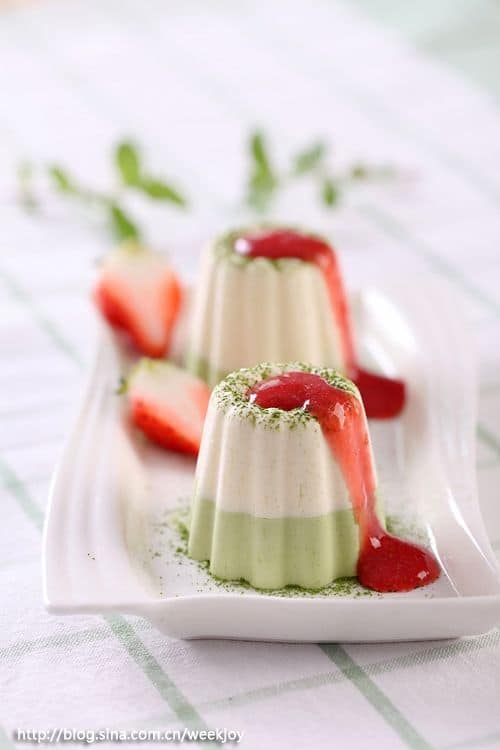
How to make easy green tea panna cotta: Simply soak 8 grams of gelatin in cold water until softened, pour into 750 ml of cream, 300 ml of milk, 160 grams of sugar and vanilla extract. Stir over low heat until the gelatin has completely dissolved, then remove from heat. Strain the mixture into a mold and refrigerate for 4 hours or overnight. When serving, you can serve it in the mold or pour it out, as you prefer.
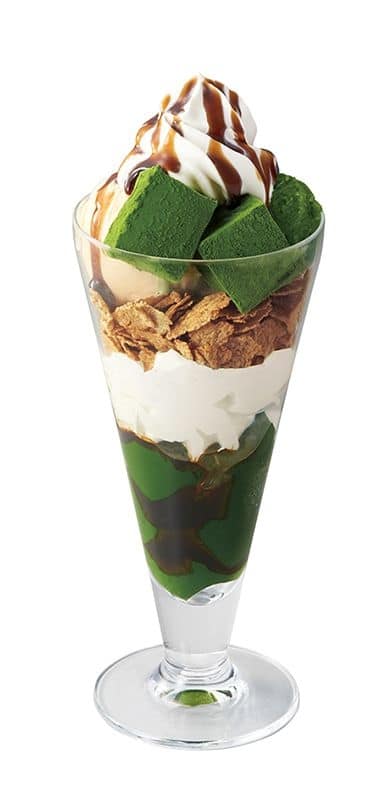
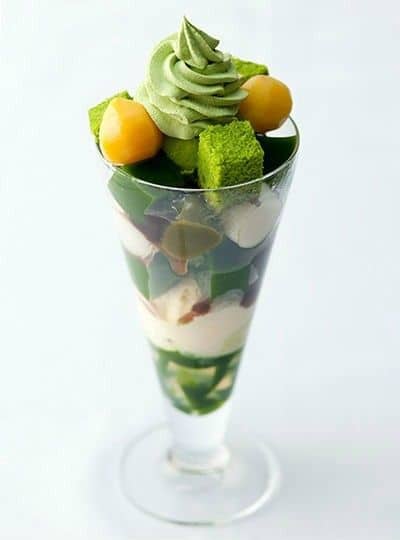
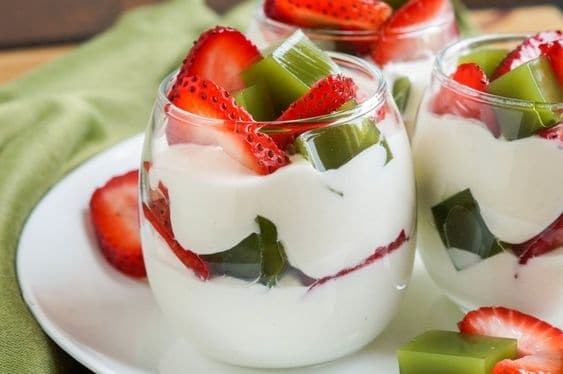
Another menu that is often seen in Japan is green tea parfait , beautifully arranged in tall glasses, arranged with various flavors of fresh cream, depending on the style of each shop. This dessert does not require an oven and has the easiest ingredients to prepare. Top with nama matcha chocolate or Japanese green tea jelly, called yokan. Add chewy layers with round mochi. Reduce the richness between the layers with sour fruits, cornflakes or nuts. Just like that, you will have a delicious dessert without using an oven. Although making desserts requires a lot of equipment, many people do not dare to try to make new menus to sell in the shop, but no-bake desserts are another easy, convenient option, and definitely suitable for beginners to try making desserts.
Source
https://www.snixykitchen.com/mint-chocolate-mousse-toasted-matcha-meringue/
https://www.hummusapien.com/matcha-protein-bars/
https://balancingandie.com/nobakematchaoatmealbars/
https://www.crazyvegankitchen.com/vegan-matcha-tiramisu-green-tea-tiramisu/
https://www.tastemade.com/videos/matcha-gold-crepe-cakes
Article from: Fuwafuwa

